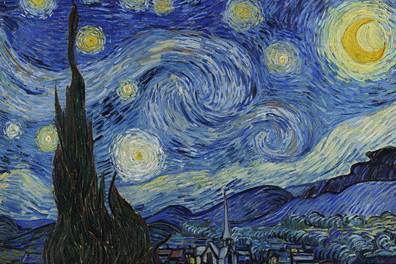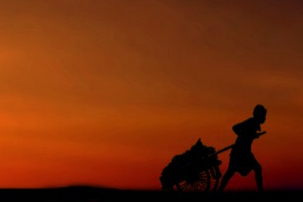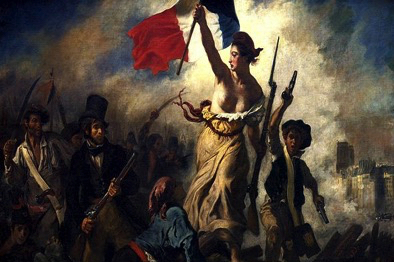From the Fables of Kalīlah and Dimnah
Ibn al-Muqaffa, whose full name was Abū Muhammad Abd Allāh Rūzbih ibn Dādūya. He reminds me of two other famous people. Ibn Battuta’s complete name was Abu Abdullah Muhammad ibn Battuta. The other famous person was known to most of the world as George Santayana, but his given name was Jorge Augustín Nicolás Ruiz De Santayana. All three were writers, philosophers, travelers, and thinkers.
Ibn al-Muqaffa wrote Kalīlah and Dimnah: Fables of Virtue and Vice in the 8th century in Iran. However, its naissance goes back to the early part of the 3rd BCE in India. Kalilah and Dimnah’s fables are an assortment of animals like flying turtles, jackals talking to each other, and crows capturing owls in a cave of fire.
There are also many similarities between Kalilah and Dimnah and One Thousand and One Nights. The writing styles of Kalīlah and Dimnah parallel Aesop, who also wrote fables in Greece in the 6th century BCE. Kalilah and Dimnah and Aesop’s Fables were collected from various sources.
These ancient fables were often designed to protect the writers from being harmed for their thoughts. The fable had two storylines. The obvious one was merely stories in Kalīlah and Dimnah about animals and their interplay. The other storyline was designed so that they could attack the political or religious issue of the day without fear of reprisal. An excellent example of this was in England in the early 18th century. Gulliver’s Travels wasn’t written by Lemuel Gulliver.
Ibn al-Muqaffa compiled Kalilah and Dimnah, which contains the stories titled Tale of the Four Friends. This parable was about four different creatures coming together to face a vexing problem that each of them faced.

Essentially, this is a brief version of the fable. Some crows were snagged by a hunter’s net. A mouse went to the aid of the crows and gnawed the cord that released them. One of the crows and the mouse became friends. The crow and the mouse went off together to visit the crow’s friends, a gazelle, and a tortoise, who were neighbors in the marsh.
A local hunter placed a trap to catch the gazelle. The crow and the mouse noticed that the gazelle was caught in a snare. As the mouse gnawed the rope that had trapped the gazelle, they heard a tortoise crying for help in the snare. At that moment, the hunter arrived to discover that the gazelle had escaped. Nonetheless, at least the hunter had captured the tortoise.
When the crow, mouse, and gazelle saw the plight of the tortoise, the mouse devised a battle plan. The gazelle was to go into the field and pretend it could not run. Then the mouse told the crow to pretend it was pecking at the gazelle’s head. That would mean that the hunter could easily capture the gazelle. Mouse could then release the tortoise. The mouse’s plan worked. The hunter went for the gazelle, but the crow attacked the hunter pecking at his face.

The mouse freed the tortoise, and they fled into the safety of the march. At the same time, the crow and the gazelle also escape into the marsh.
Ibn al-Muqaffa’s parable about the crow, mouse, gazelle, and tortoise was a literary means to express to the reader the truth about helping others.










